Disclosure: This article contains affiliate links. We may earn a commission from purchases at no extra cost to you, which helps our travel content.
The first time I laid eyes on Namibia's Skeleton Coast, I understood immediately why sailors called it 'The Land God Made in Anger.' Shipwrecks half-buried in sand, fog rolling over desolate dunes, and the constant roar of the Atlantic crashing against this unforgiving shore. As a mason who's spent his life appreciating how human craftsmanship stands against the elements, there's something humbling about a place where nature reigns so supremely. This two-week expedition along one of Earth's most inhospitable yet mesmerizing coastlines taught me more about true luxury than any five-star resort ever could.
Choosing Your Chariot: The Right 4x4 for Skeleton Coast Survival
Let me tell you straight—your vehicle choice here isn't just about comfort, it's about survival. After researching extensively, I opted to rent a fully-equipped Toyota Land Cruiser 79 Double Cab with all the expedition modifications. The difference between a standard 4x4 and a properly outfitted expedition vehicle is like comparing a brick veneer to solid stone masonry—one might look the part, but the other is built for endurance.
I've driven some rough terrain in my day, hauling materials to remote build sites, but nothing prepared me for the Skeleton Coast's ever-shifting sand dunes and salt pans. You'll need a vehicle with high clearance, differential locks, and recovery equipment. Most importantly, you'll need two spare tires minimum—not the temporary donuts, but full-sized spares mounted on the vehicle.
For navigation, don't even think about relying solely on your phone. I brought my trusty GPS navigator which has offline topographical maps and can mark waypoints even when you're completely off-grid. This thing saved my hide more than once when the fog rolled in so thick I could barely see the hood of my vehicle.
The rental came with basic recovery gear, but I also packed my own recovery tracks which proved invaluable when I misjudged the firmness of what looked like a perfectly solid stretch of beach. The bright orange color makes them easy to spot when you're digging them out from under your tires in a sandstorm—a detail you'll appreciate when you're in the situation.
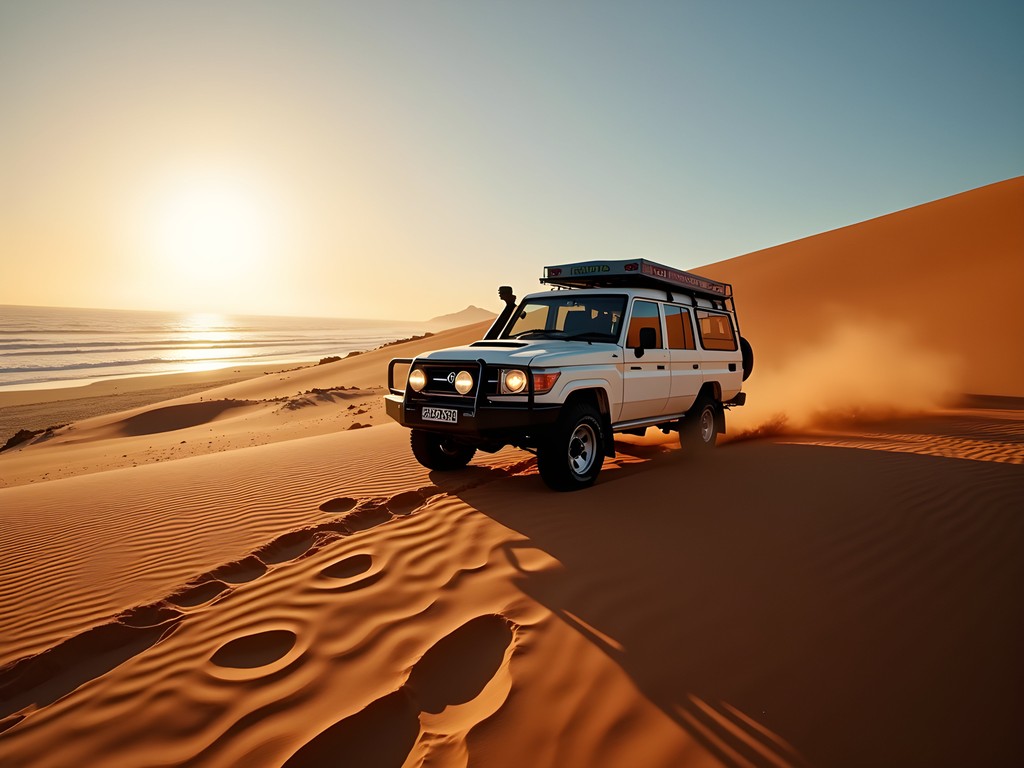
💡 Pro Tips
- Book your specialized 4x4 at least 6 months in advance—the good ones get reserved quickly
- Request a vehicle with an auxiliary fuel tank or bring additional fuel containers
- Take the satellite phone option—there's zero cell service for most of the coast
Navigation and Permits: The Bureaucracy of Wilderness
Here's something the glossy travel brochures won't tell you: accessing the northern section of the Skeleton Coast National Park is a masterclass in paperwork and planning. The most pristine and dramatic section—north of Terrace Bay to the Angolan border—requires special permits that must be arranged months in advance.
I worked with a local tour operator in Windhoek who handled the byzantine permit process, which included detailed itineraries, emergency protocols, and proof of appropriate vehicles. These permits aren't just bureaucratic hoops—they're strictly enforced limits on how many vehicles can access this fragile ecosystem. Only a handful of tour operators have concessions to operate here, making this one of Africa's most exclusive safari experiences.
For navigation, I relied on a combination of GPS, paper maps, and—most importantly—local knowledge. My topographic map proved invaluable when planning each day's route, especially for identifying potential camping spots near the limited water sources. I'd spread it out each evening, marking the day's progress and planning the next leg with a waterproof marker that could withstand the coastal humidity.
The northern section operates on a convoy system—you must check in at ranger stations at specific times. Miss your check-in, and they send out search parties (with hefty bills attached). This isn't some tourist gimmick; it's because people genuinely disappear out here when they underestimate the terrain.
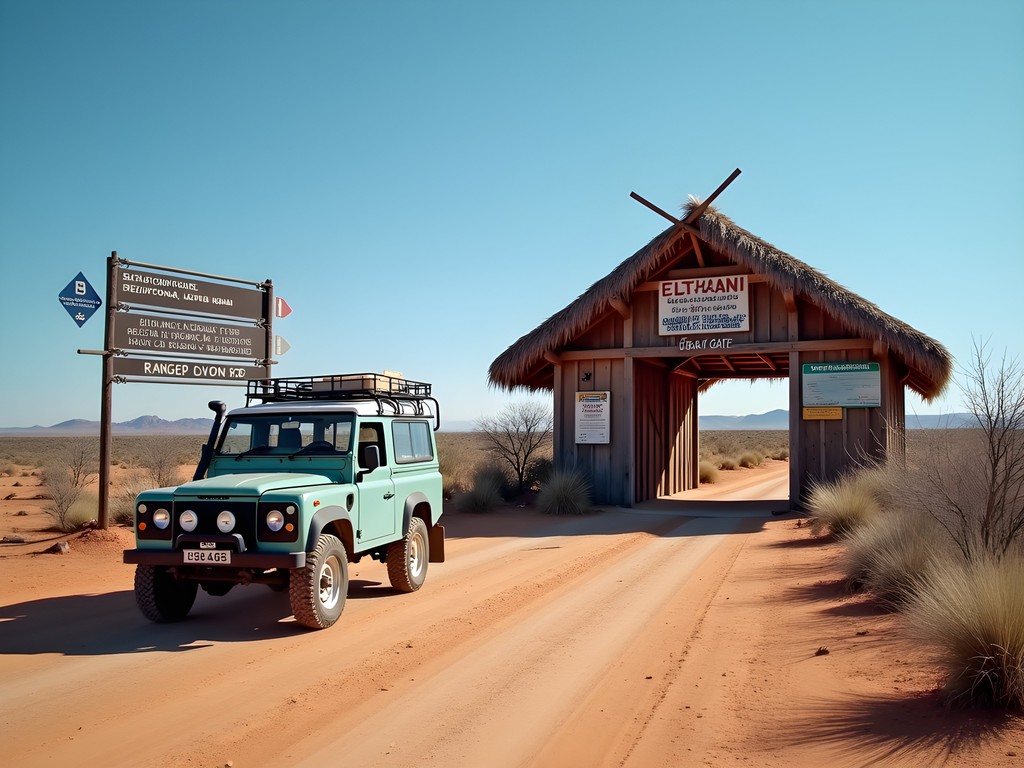
💡 Pro Tips
- Apply for permits at least 4 months before your planned trip
- Photograph all your permit paperwork and store digital copies in multiple places
- Register your detailed itinerary with park authorities and stick to it
Survival Gear: Luxury Means Being Prepared
When you're 200 miles from the nearest mechanic or hospital, true luxury isn't about thread count—it's about preparedness. Despite booking with a high-end outfitter, I brought additional gear that proved essential.
Water is your most precious resource. I carried the water purifier which can filter even brackish water if needed. Though I never had to use it for actual survival, it gave peace of mind knowing I could create drinking water from almost any source.
The coastal fog is both blessing and curse—it provides moisture but creates treacherous driving conditions and can disorient you completely. I brought a high-powered flashlight that could cut through the densest fog and signal for help if needed. Its rechargeable battery lasted the entire trip with just one solar recharge.
For communication, I rented a satellite messenger that allowed text messaging and emergency signals from anywhere. This isn't optional equipment—it's mandatory for survival in my book. Each night, I'd send a preset message to my family confirming I was safe, along with my GPS coordinates.
Temperatures swing dramatically from day to night, sometimes dropping below freezing after scorching days. My sleeping bag was worth every penny of its premium price when the coastal winds howled through camp at 3 AM. When you're this remote, quality gear isn't an indulgence—it's insurance.

💡 Pro Tips
- Pack twice as much water as you think you'll need
- Bring a comprehensive first aid kit including antibiotics
- Always carry emergency rations for at least three extra days
The Northern Reaches: Where Few Tires Tread
North of Terrace Bay lies the holy grail of Skeleton Coast exploration—a restricted zone where fewer than 1,000 visitors are permitted annually. This exclusivity comes with a hefty price tag, but as a craftsman who appreciates quality, I can tell you it's worth every Namibian dollar.
Here, the real mastery of 4x4 driving is tested. The terrain transitions between salt pans hard as concrete to dunes soft as powdered sugar, sometimes within meters of each other. Your driving technique must adapt instantly—from maintaining momentum through soft sand to carefully navigating around salt crusts that can hide treacherous mud beneath.
I've worked construction sites across three continents, but nothing compares to the raw architecture of the Skeleton Coast. The wind-sculpted dunes meet volcanic rock formations in ways that would make the most skilled mason weep with appreciation. At Terrace Bay, I parked to explore a series of natural stone arches that would have required supreme engineering skill to replicate by human hands.
The wildlife viewing gets increasingly impressive as you head north. Desert-adapted elephants traverse seemingly impossible terrain, while lion prides have evolved specialized hunting techniques for the seal colonies. I spent a full day watching a clan of brown hyenas patrolling the wreck of an old diamond mining vessel, their movements a masterclass in efficiency against the harsh elements.
For capturing these once-in-a-lifetime wildlife moments, my binoculars proved invaluable. Their clarity in low light conditions—like dawn when animals are most active—gave me views that smartphone cameras simply couldn't capture.
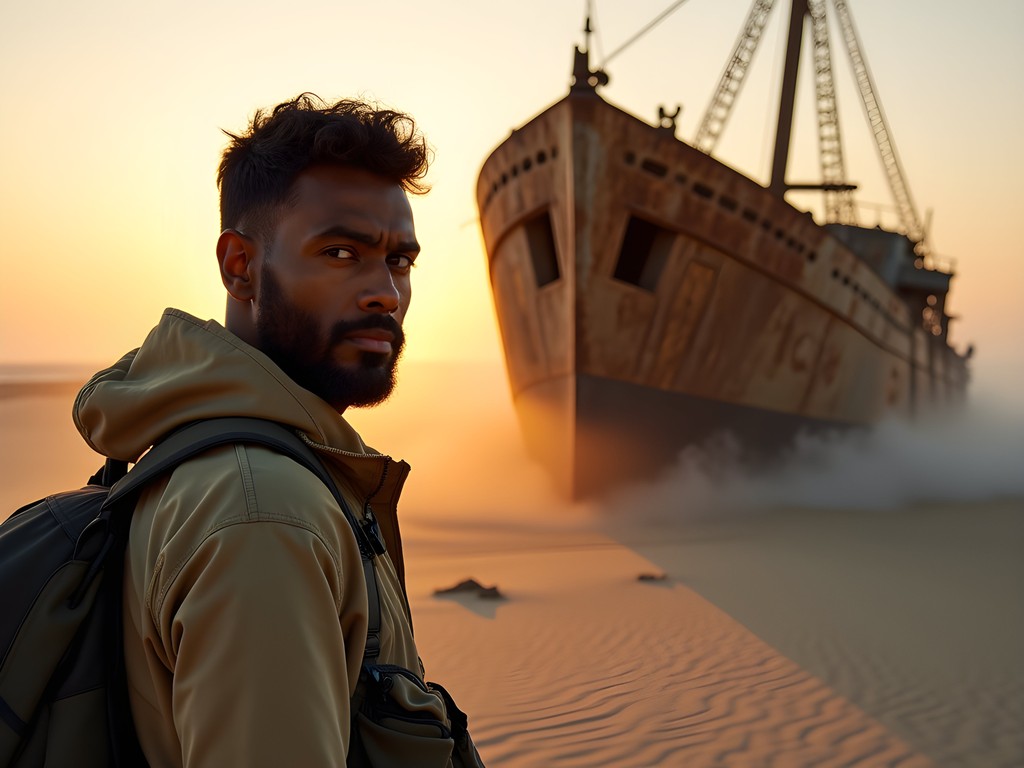
💡 Pro Tips
- Book guided access to the northern section at least a year in advance
- Plan your fuel consumption meticulously—there are no stations north of Terrace Bay
- Rise before dawn for the best wildlife viewing when animals are active
The Coastal Settlements: Finding Humanity in Desolation
The few settlements along the Skeleton Coast offer fascinating glimpses into the resilience of those who choose to make this harsh environment home. As someone who appreciates craftsmanship, I was drawn to how buildings here are constructed to withstand brutal conditions—there's no room for form over function when 100 mph sandstorms are regular occurrences.
At Terrace Bay, the last outpost before the restricted northern zone, I stayed in one of twelve simple but sturdy rooms at the rest camp. What these accommodations lack in conventional luxury, they make up for in thoughtful design—thick walls that keep out both heat and cold, elevated foundations that prevent sand infiltration, and clever water collection systems that harvest moisture from fog.
The small fishing community at Henties Bay offered a chance to interact with locals who've adapted to this extreme environment. I spent an evening with a family of anglers who showed me their techniques for shore fishing—using specialized fishing rod designed for casting through powerful coastal winds. They generously shared their catch, preparing fresh kabeljou (kob) over open coals with minimal seasoning, letting the fish's natural flavor shine.
Henties Bay also houses remarkable examples of adaptive architecture. Many homes feature wraparound verandas designed to create sheltered outdoor spaces regardless of which direction the wind blows. As a mason, I appreciated the clever use of local materials—walls constructed from a mixture of cement and crushed shells that reflect heat during day and release it slowly at night.
For anyone fascinated by human ingenuity against natural extremes, these coastal settlements provide a masterclass in practical design that no architectural textbook could teach.
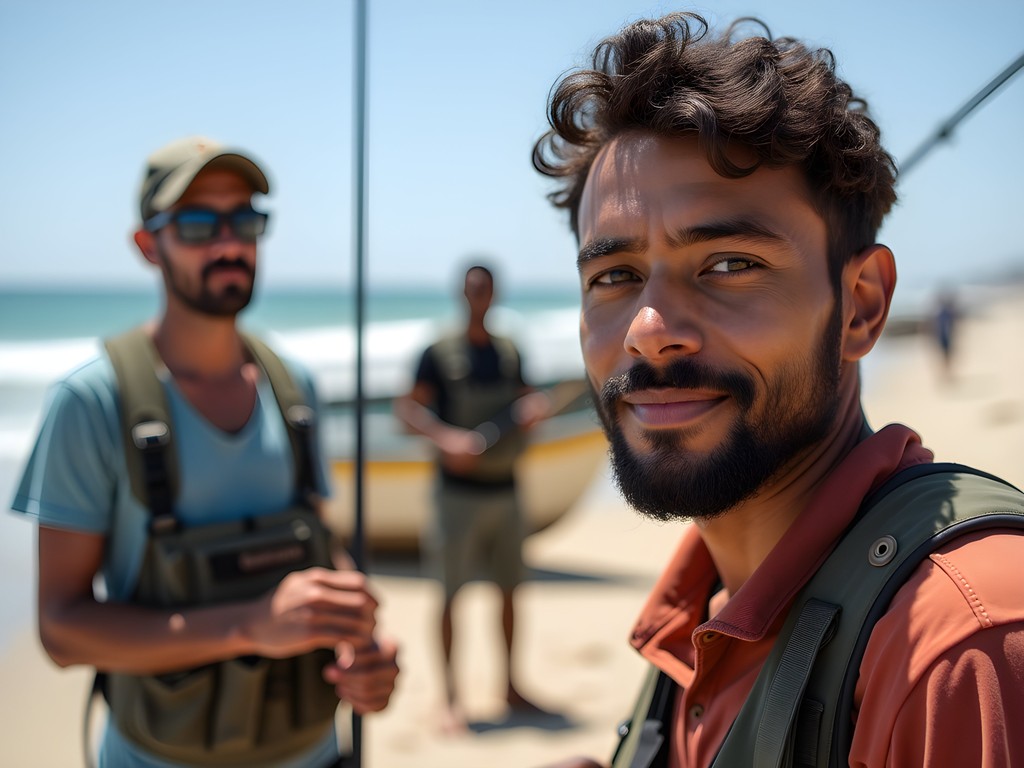
💡 Pro Tips
- Book accommodation at Terrace Bay at least 9 months in advance
- Bring small gifts to exchange with locals—fishing lures are particularly appreciated
- Ask permission before photographing people's homes or boats
Final Thoughts
As my Land Cruiser crested the final dune before returning to Swakopmund's relative civilization, I found myself reluctant to leave the Skeleton Coast behind. This harsh, unforgiving landscape offers a rare form of luxury that no five-star resort can match—the luxury of true solitude, of testing your limits, of witnessing nature's raw power unfiltered by human intervention.
For those with the proper preparation, equipment, and respect, Namibia's Skeleton Coast rewards you with experiences that redefine what travel can be. The shipwrecks half-buried in desert sands serve as poignant reminders that here, nature always has the final word—a humbling lesson for someone like me who makes his living shaping stone to human will.
If you make this journey, you'll return changed. You'll develop a deeper appreciation for water, for shelter, for the simple miracle of navigation. Your definition of luxury will shift from thread counts and concierge service to the simple magnificence of witnessing a desert elephant silhouetted against an Atlantic sunset. The Skeleton Coast doesn't just challenge your driving skills—it challenges your perspective on what truly matters. And that, my friends, is the greatest souvenir any traveler could hope to bring home.
✨ Key Takeaways
- Proper vehicle preparation and redundant safety equipment are non-negotiable for Skeleton Coast exploration
- The restricted northern section requires permits arranged months (or even a year) in advance
- True luxury in this environment is measured in preparedness, not amenities
- The coastal settlements offer invaluable insights into sustainable living in extreme conditions
- This journey will fundamentally change your perspective on both wilderness and human resilience
📋 Practical Information
Best Time to Visit
June to October (Namibian winter)
Budget Estimate
$500-1000 USD per day including specialized vehicle rental
Recommended Duration
Minimum 10 days, ideally 14-16 days
Difficulty Level
Challenging
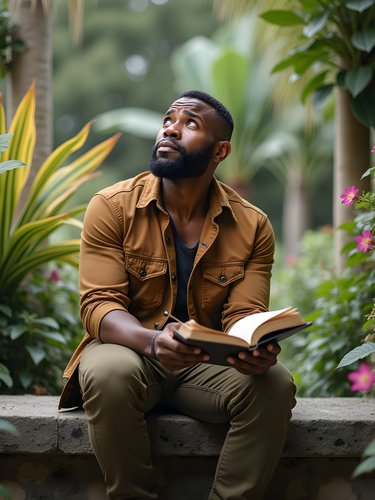
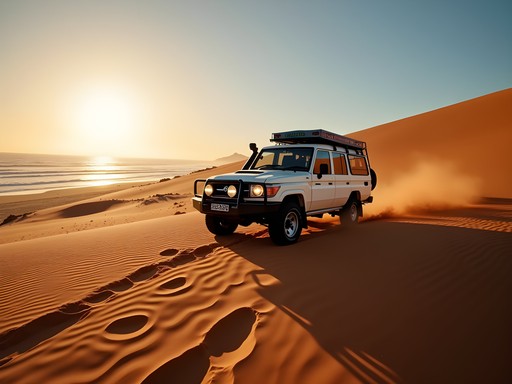
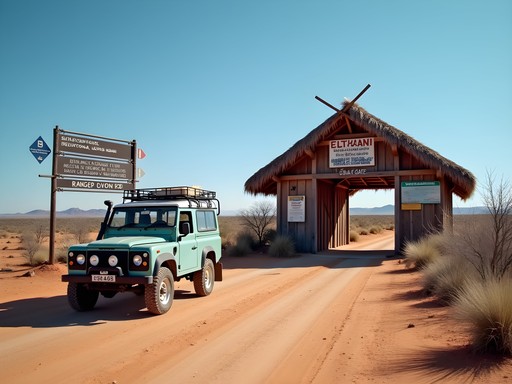
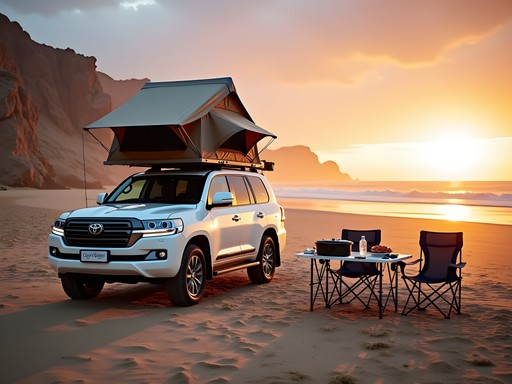
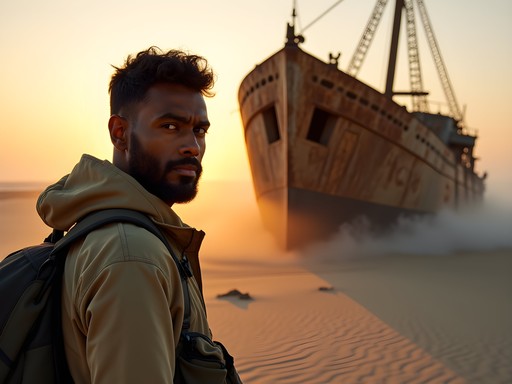
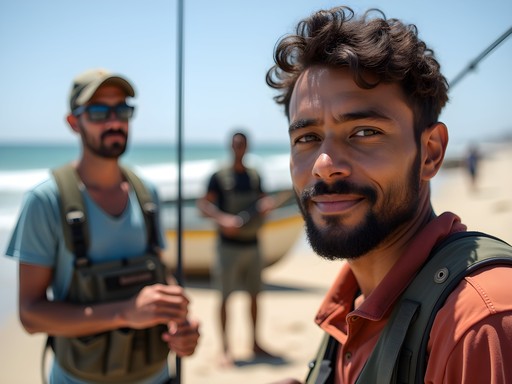










Comments
sunsetguy
How difficult was the actual driving? I've done some off-roading but never in sand dunes. Is it something an intermediate driver can handle or do you need serious experience?
dreamphotographer
Not the author but I did this route last year. The main tracks are actually pretty manageable if you deflate your tires properly. The real challenge is if you go off the main tracks. I'd say an intermediate driver who's willing to learn about sand driving techniques would be fine. Just don't go alone!
sunsetguy
Thanks! That's reassuring. Definitely planning to go with an experienced friend.
bluemate768
Those permit requirements sound complicated! Worth it though?
Reese Roberts
100% worth it! The permits keep visitor numbers low, which preserves the wilderness feel. Just apply well in advance (3+ months) and it's actually pretty straightforward.
Stephanie Romano
We tackled the Skeleton Coast with our kids (9 and 11) last year, and it was the highlight of our Africa travels so far. One thing I'd add to your excellent gear list is a good satellite communicator. Cell service is non-existent in most areas, and when our son got a nasty cut from climbing on one of the shipwrecks, our satellite messenger was a lifesaver for getting medical advice. Also worth noting for families: the ranger stations sometimes have interesting educational materials about the ecosystem that kids love. Great post, Reese!
sunsetguy
Was it scary driving there with kids? I'm thinking about taking my family but worried about breakdowns in such a remote area.
Stephanie Romano
It's definitely remote, but with proper preparation it's manageable. We traveled with another family (convoy of 2 vehicles), carried extra water, food for 3 extra days, and basic vehicle repair supplies. The kids actually loved the adventure aspect of it all!
skychamp
WOW! Those shipwreck photos are INCREDIBLE! The Skeleton Coast just jumped to the top of my bucket list. Looks like another planet!
dreamphotographer
Amazing post! Did you rent your 4x4 locally or bring it in from South Africa? I'm planning a trip for next year and trying to figure out the most cost-effective approach.
Reese Roberts
Thanks! I rented mine in Windhoek from Bushlore. More expensive than SA options but saved the hassle of cross-border permits and extra mileage. If you're doing a longer trip (3+ weeks), bringing one from SA might work out cheaper.
dreamphotographer
Perfect, thanks! We'll be there for just 2 weeks so local rental sounds best.
offroad_enthusiast
Just got back from Skeleton Coast last month. Quick tip: the tire pressure recommendations in this post are spot on. We deflated to 1.4 bar on the sandy sections and it made all the difference. Also bring extra air filters - the dust is unreal!
namibia2023
Going in November - how many days would you recommend for the full coast experience?
Reese Roberts
For the full experience, I'd recommend at least 5-7 days. The northern section alone deserves 3 days minimum to really appreciate it. November should have good conditions too!
citywalker
Just booked my trip for next April! Any advice on which sections to prioritize if we only have 5 days?
moonguide5903
With just 5 days, focus on the southern section from Swakopmund to Terrace Bay. The shipwrecks are more accessible there and you won't need the special northern permits. Don't miss the seal colony at Cape Cross!
citywalker
Thank you! That's really helpful.
Sarah Powell
Excellent breakdown of the vehicle requirements for the Skeleton Coast! I tackled this route last year and would emphasize that a Toyota Land Cruiser really is the gold standard out there. The northern section beyond Möwe Bay tested every aspect of our driving skills and vehicle. One addition to your survival gear list: I'd strongly recommend bringing a satellite communicator. Cell service is non-existent and when we had a flat tire 80km from the nearest outpost, our satellite messenger provided serious peace of mind. The fog can roll in incredibly quickly too - we experienced zero visibility for almost 3 hours one morning. Your point about carrying extra fuel is absolutely critical - we used almost 40% more than expected due to the challenging terrain.
desert_wanderer
Did you camp along the way or stay at lodges? Trying to figure out my itinerary.
Sarah Powell
We did both - camped for 2 nights and stayed at Shipwreck Lodge for one night. The camping was incredible but Shipwreck Lodge was worth the splurge for the unique experience!
summerwalker
Those shipwreck photos are haunting! Definitely adding Skeleton Coast to my bucket list.
Sarah Powell
It's absolutely worth it! Just make sure you plan well ahead for the permits - they can be a real hassle to get last-minute.
summerwalker
Thanks for the tip! Did you find the rental 4x4s expensive there?
Venture X
Premium card with 2X miles, $300 travel credit, Priority Pass